Spider Daylily Plants: How To Care For Spider Daylilies
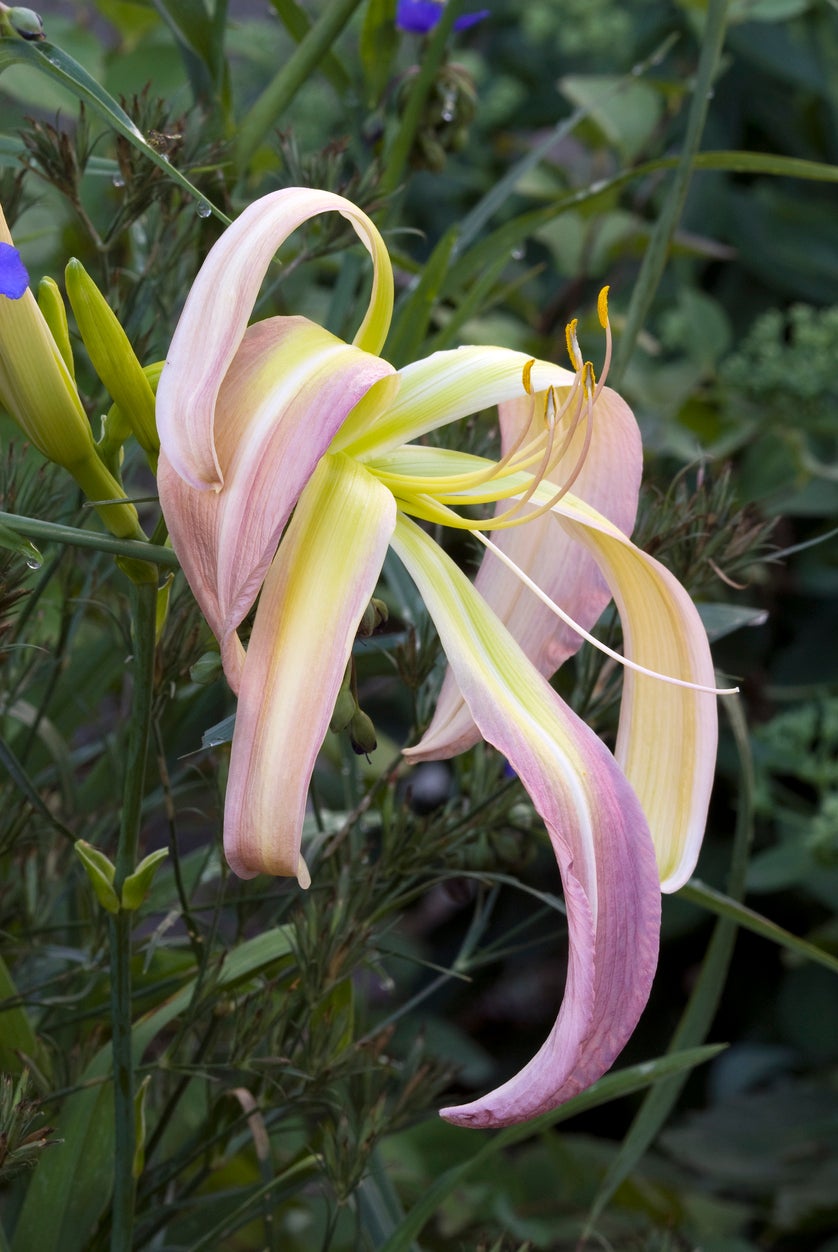

Daylilies are always popular with gardeners for a variety of reasons: season-long blooms, a variety of colors and shapes, and minimal care needs. If you are looking for a type of daylily that is a little unique, that maybe you haven’t seen before, try spider daylily plants with long, spindly, spider-like blooms.
What is a Spider Daylily?
Daylilies are perennial flowers that are highly dependable in the garden. They return year after year to provide pretty, colorful blooms. They tolerate a variety of conditions, including most types of soil and both sun and shade. Even if you mostly ignore your daylilies, they will likely thrive and produce day-long flowers for several weeks at a time.
There are many varieties of daylily, with variations in plant size, flower size and shape, and flower color. If you choose a good assortment, you can get constant daylily blooms from spring through early fall.
These flowers come in range of shapes as well as colors, and spider daylily flowers are unique. The petals are narrow and long, giving the bloom a spidery appearance. Adding to the effect, the petals curl under a little bit. To be technical, a spider daylily is any daylily flower with petals that are at least four times as long as they are wide.
How to Grow and Care for Spider Daylilies
As with other varieties of daylily, spider daylily growing is easy and mostly hands-off. Use any type of daylily in your perennial beds, as groundcover, and as borders. They prefer to have sun, but some shade won’t hurt these plants.
The soil is best when slightly acidic, fertile, and when it drains well but, again, daylilies aren’t particular and will grow in most any soil type.
Plant your spider daylilies in early spring or early fall and space them about 18 to 24 inches (46-61 cm.). Make sure the crown is no more than one inch (2.5 cm.) below the soil level.
Gardening tips, videos, info and more delivered right to your inbox!
Sign up for the Gardening Know How newsletter today and receive a free copy of our e-book "How to Grow Delicious Tomatoes".
It is important to water daylilies regularly until they get established, but after that watering isn’t needed as often. In fact, they will tolerate drought pretty well.
Maintain your plants over the years by trimming off dead leaves and spent blooms. Remove all the scapes at the end of the growing season. If flowering slows down or decreases, consider dividing clumps of your spider daylilies to revitalize them.

Mary Ellen Ellis has been gardening for over 20 years. With degrees in Chemistry and Biology, Mary Ellen's specialties are flowers, native plants, and herbs.
-
 Creative Ideas For Plant Containers: 7 Ways To Save Money And Add Charm To A Garden
Creative Ideas For Plant Containers: 7 Ways To Save Money And Add Charm To A GardenIf you are looking for great ways to add personality to your container gardening – and even save yourself some money – then try these creative ideas for plant containers
By Mary Ellen Ellis
-
 How To Make A Bouquet Garni Or Herb Bundle For Cooking
How To Make A Bouquet Garni Or Herb Bundle For CookingIf you’re a great cook, you may have made an herb bundle before. If this is a new idea, learn how to add sparkle and interest to your dish with a bouquet garni.
By Amy Grant
-
 Are Daylilies Edible - Can I Eat Daylilies
Are Daylilies Edible - Can I Eat DayliliesDaylilies are easy to grow and produce fantastic blooms. Their laissez faire nature and hardiness make them ideal landscaping plants. If you are a garden grazer, you may wonder, "can I eat daylilies?" And if they are, which daylilies are edible? The wonderful answer is contained below.
By Bonnie L. Grant
-
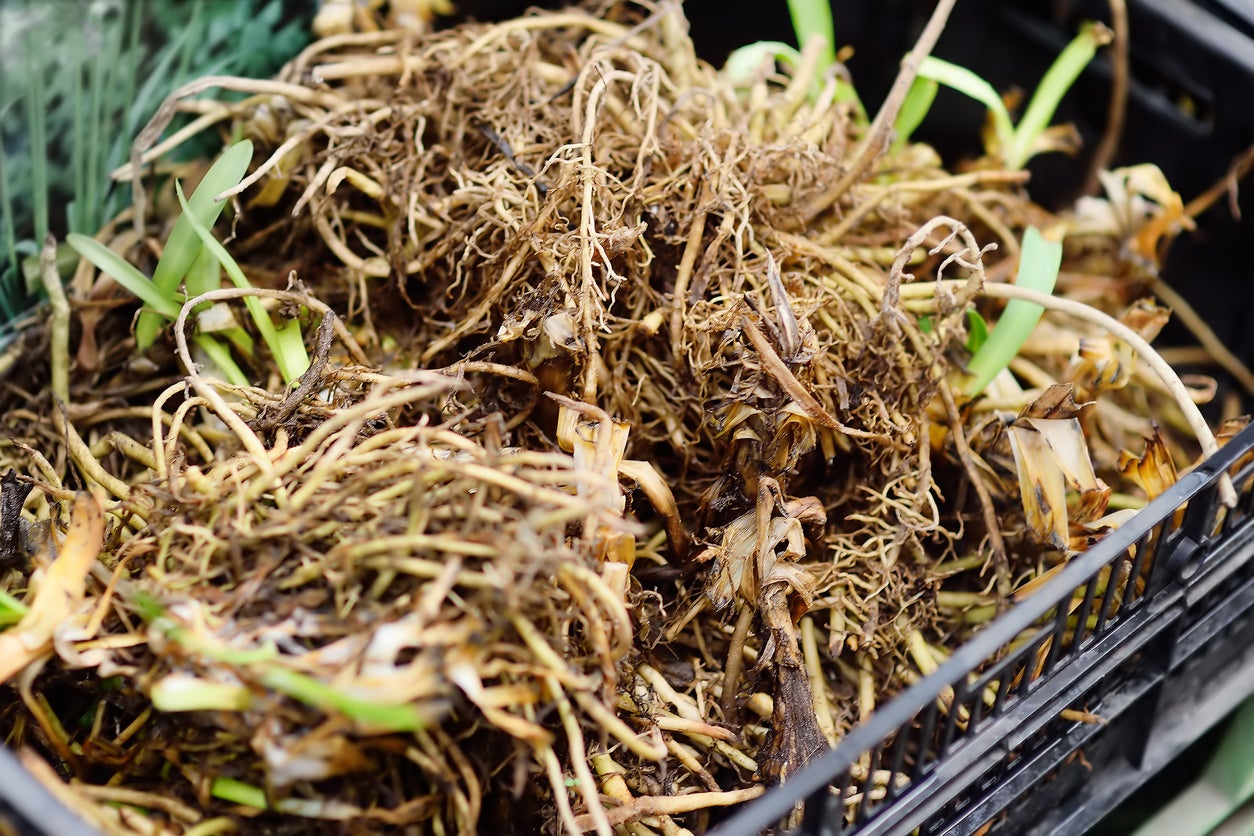 Daylily Tuber Winter Care – Learn About Overwintering Daylily Plants
Daylily Tuber Winter Care – Learn About Overwintering Daylily PlantsDaylilies are some of the toughest flowers around, but if you’re concerned about daylily plants in winter, digging and storing daylily tubers isn’t a bad idea, especially in climates north of USDA plant hardiness zone 5. Click this article to learn what to do with daylilies in winter.
By Mary H. Dyer
-
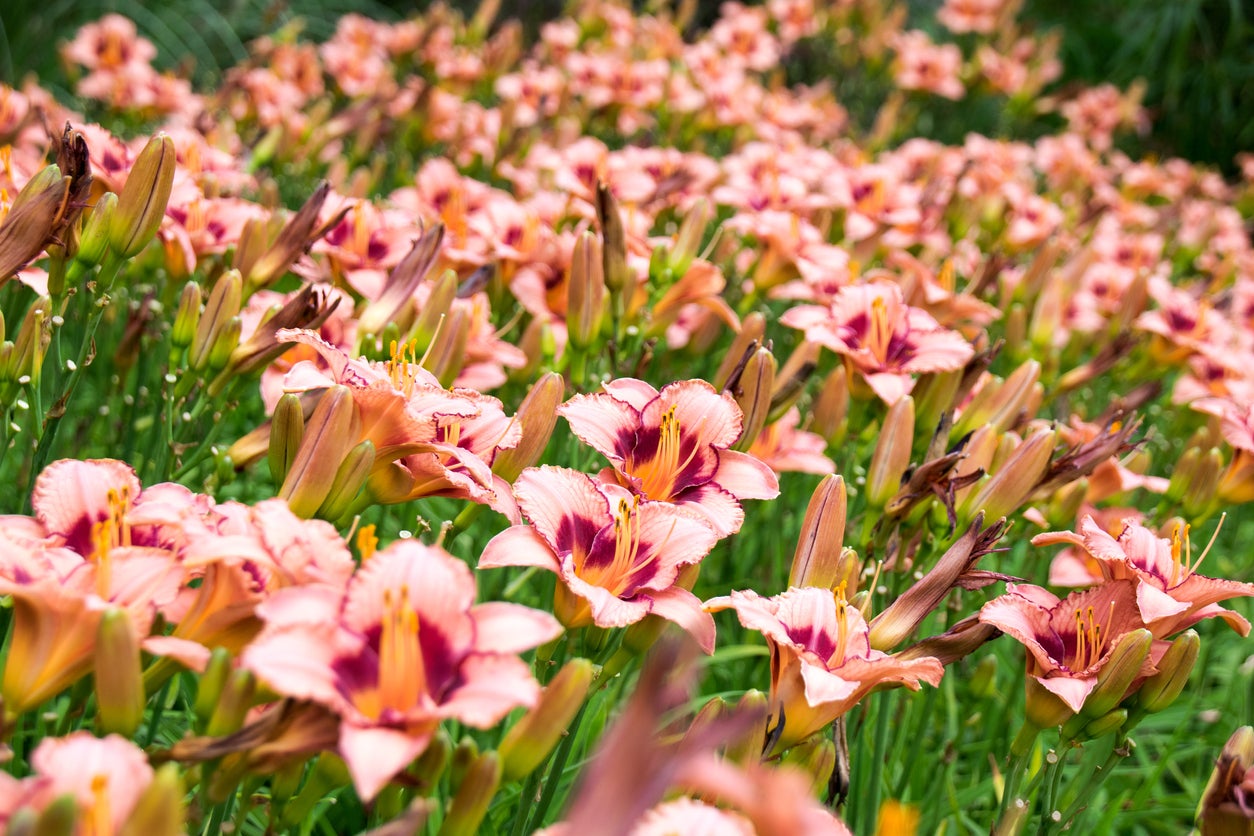 Daylily Division Guide: Learn How And When To Divide Daylilies
Daylily Division Guide: Learn How And When To Divide DayliliesDaylilies are pretty perennials with striking blooms, each of which only lasts for one day. They don’t require much care once established, but dividing daylilies should be done every few years to keep them healthy and blooming. Learn when and how to do this here.
By Mary Ellen Ellis
-
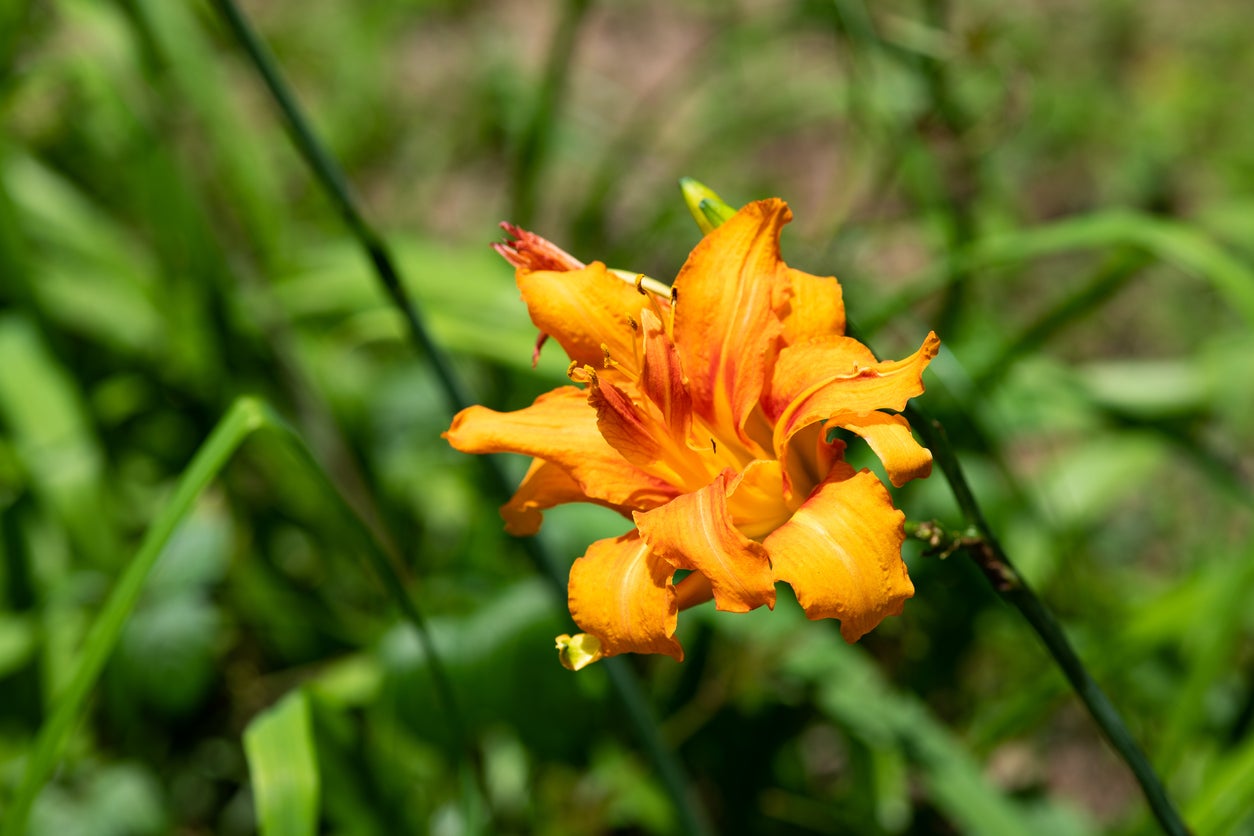 How And When To Cut Back Daylilies: Daylily Trimming Made Simple
How And When To Cut Back Daylilies: Daylily Trimming Made SimpleDaylily trimming after bloom time will keep these beauties tidy and disease-free. Trim the plants back after they bloom and before you divide them.
By Mary Ellen Ellis
-
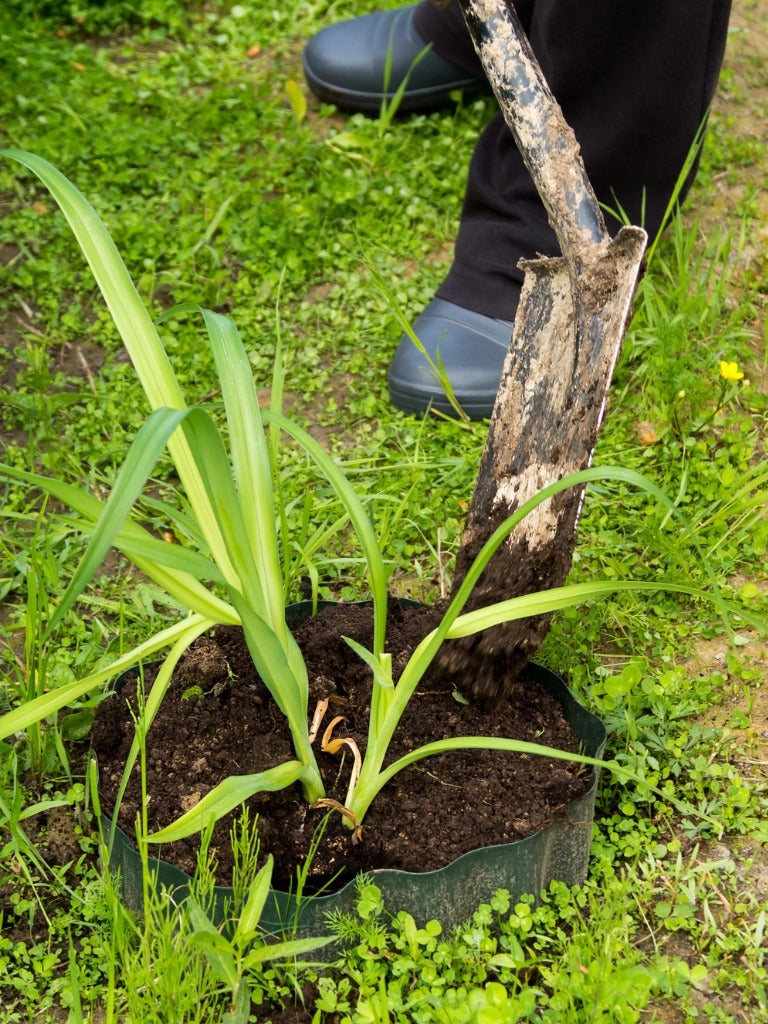 How To Transplant Daylilies: Learn About Moving Daylilies In The Garden
How To Transplant Daylilies: Learn About Moving Daylilies In The GardenDaylilies like to be divided every three to five years for optimal blooming. Moving and transplanting daylilies takes a little finesse. The following information on how and when to transplant daylilies will have you an old pro at dividing and moving daylilies in no time.
By Amy Grant
-
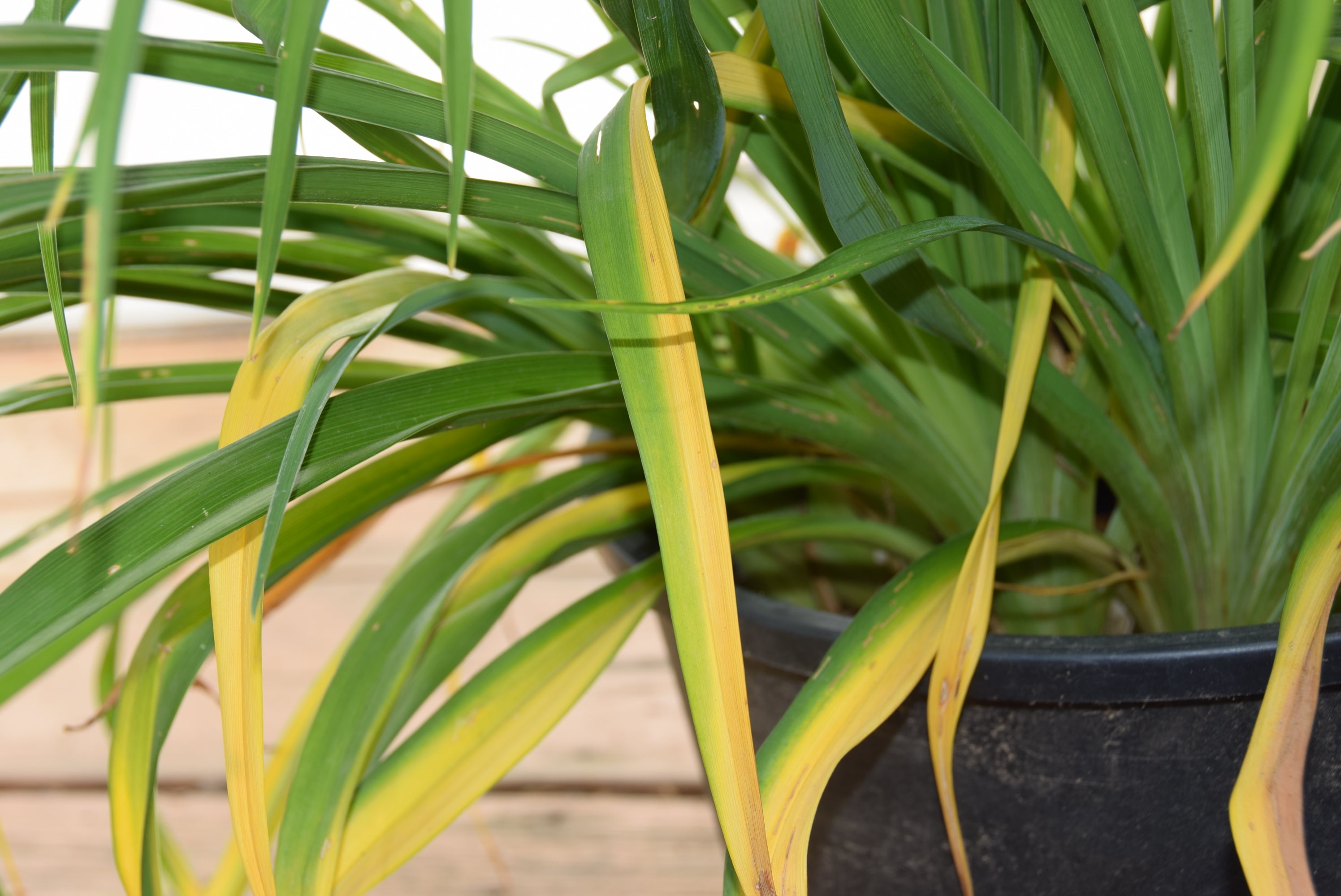 Streaks On Daylily Leaves: Learn About Daylily Leaf Streak Disease
Streaks On Daylily Leaves: Learn About Daylily Leaf Streak DiseaseDaylily plants are among one of the most popular perennial landscaping flowers. While robust, there are some issues that may cause these plants to struggle in the garden. Daylily leaf streak, for instance, can cause distress. Learn more about this disease here.
By Tonya Barnett
-
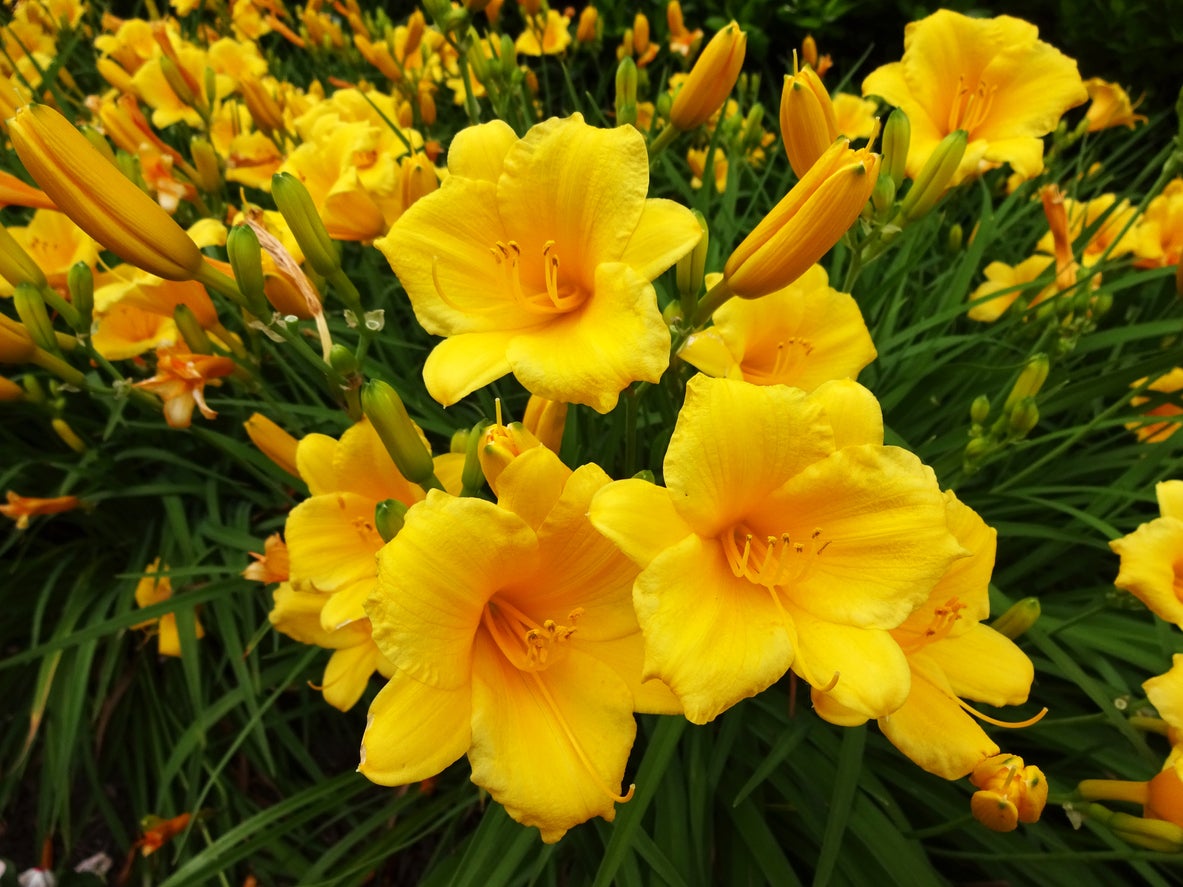 Deadheading Daylily Flowers: Is It Necessary To Deadhead Daylilies
Deadheading Daylily Flowers: Is It Necessary To Deadhead DayliliesThe daylily plant will only bloom for one day. Luckily, each plant produces multiple blooms that flower continuously, creating the beautiful display its growers have come to love. But what happens once the blooms fade? Is daylily deadheading necessary? Find out here.
By Tonya Barnett
-
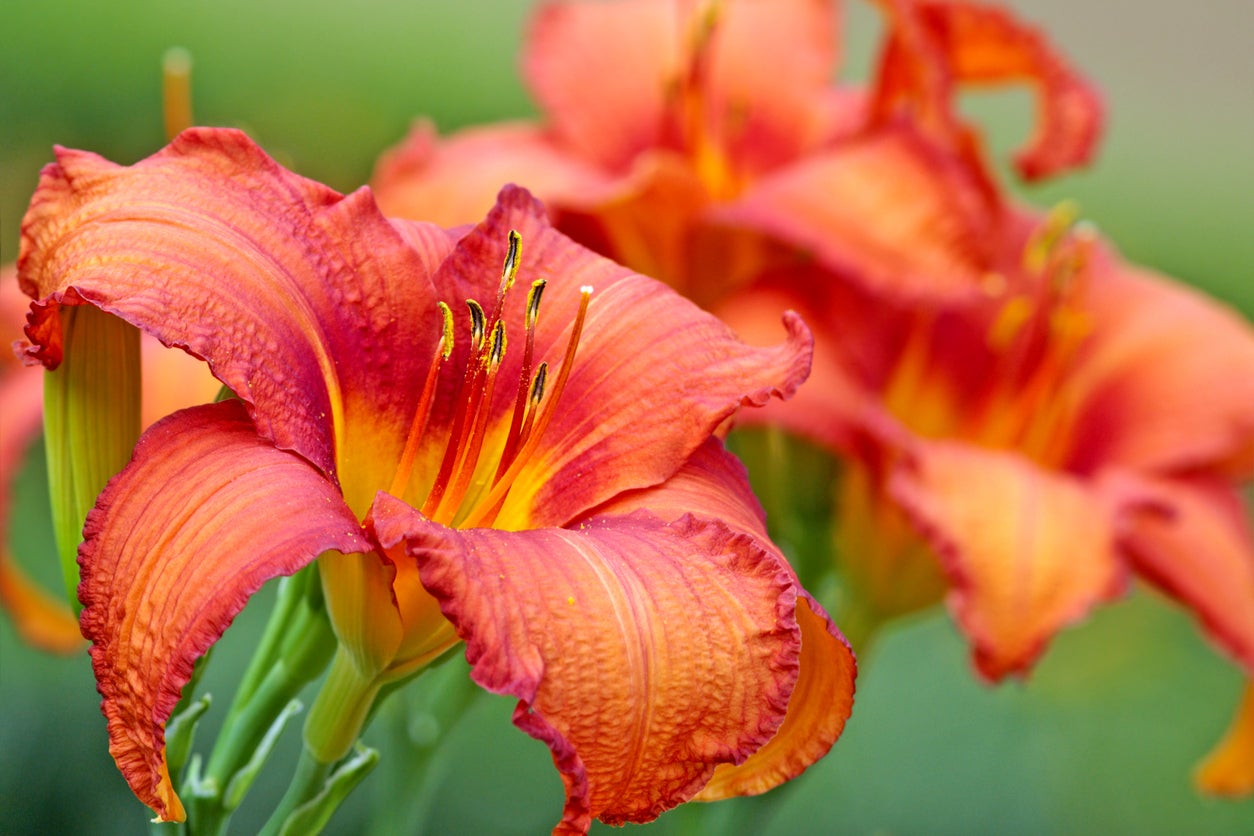 Daylily Fertilizer Needs – How To Fertilize Daylilies
Daylily Fertilizer Needs – How To Fertilize DayliliesDo you need to start fertilizing daylilies? That can depend on the soil. If the soil is poor, feeding these plants may help them to thrive. For more information on daylily food and tips on how to fertilize daylilies, simply click on the following article.
By Teo Spengler